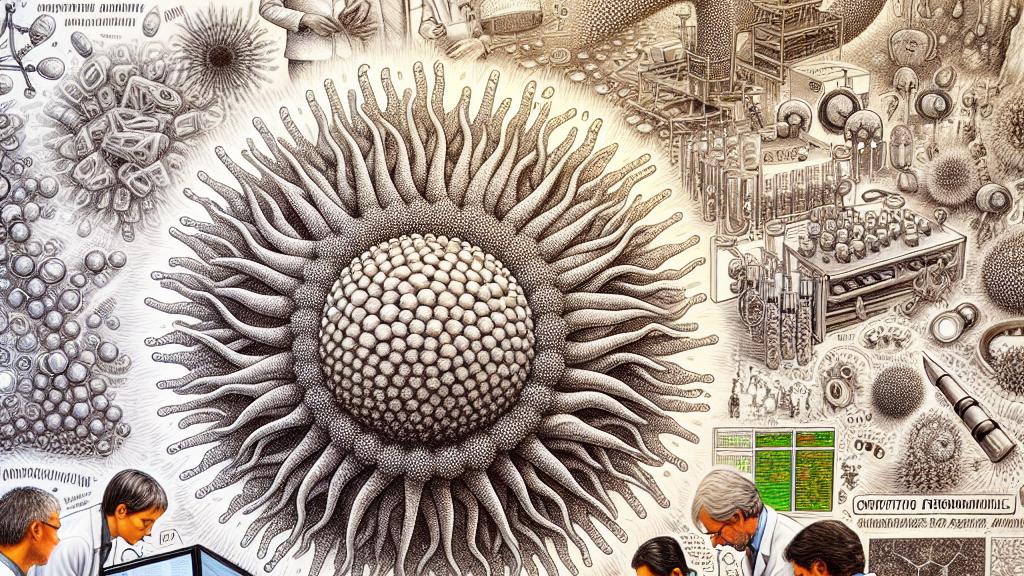A New Programming Language to Control Tiny Materials in Cells
Overview
- Caltech researchers unveil an innovative programming language for active materials.
- This technology grants unprecedented control over cellular behavior and structure.
- Potential applications span bioengineering, synthetic embryo creation, and beyond.

A Breakthrough in Active Materials
In sunny California, a pioneering team at the California Institute of Technology, known to most as Caltech, has made an exciting leap forward by creating a revolutionary programming language tailored for active materials. Picture these materials as tiny machines that consume energy to create movement—similar to birds flying in perfect formation. The researchers honed in on microtubules—super slender protein strands that form the cell's skeleton, that intricate support system known as the cytoskeleton. This groundbreaking programming language not only empowers them to control these active materials but also opens the door to transformative possibilities for cellular manipulation.
The Mechanics Behind the Magic
You might be curious about how this fascinating programming language actually functions. Essentially, it allows scientists to exert exceptional influence over these diminutive materials, specifically within tiny fluid environments that mimic those found inside live cells. Previously, navigating this complex territory felt overwhelming, like trying to guide a blindfolded friend through a maze. Now, with the newfound ability to design specific light patterns, the researchers are transforming the game: they can orchestrate the microtubules to assemble into precise shapes or even to move cells exactly where they want them. Imagine being a conductor of a symphony, where every light pattern acts as a musical note, directing the microscopic musicians to create a harmonious biological symphony. This brilliant method overcomes traditional techniques that often risk damaging fragile cells.
The Future Awaits: Endless Possibilities
The ramifications of this cutting-edge programming language could fundamentally change how we approach biological sciences. Think about it: in the world of bioengineering, this technology equips researchers with the ability to create synthetic embryos or investigate the nuances of cell communication with unprecedented precision. Drawing inspiration from novel concepts in DNA computing, Caltech's team is enthusiastic about what lies ahead. They’re entering collaborations to apply these light-controlled materials in groundbreaking realms, such as regenerative medicine and innovative tissue engineering. Just envision a future where we could engineer tissues capable of healing injuries or potentially even grow new organs for transplant! This isn’t mere speculation; it’s an electrifying glimpse into what’s possible through this revolutionary research. The excitement and potential are palpable, reminding us that with each advancement, we redefine the limits of medical science.

Loading...